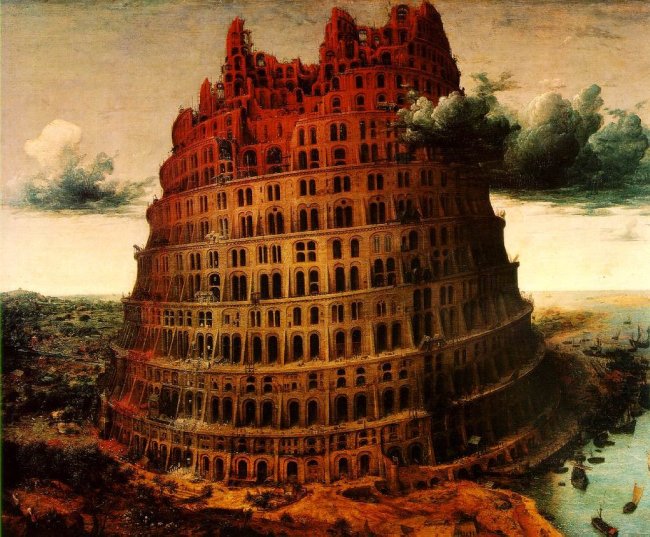Is Cantor space the injective continuous image of Baire space? This is an intriguing question, since its answer depends on which axioms one adopts.
First of all, in classical mathematics (CLASS), the answer is yes. However, in intuitionistic mathematics (INT) the answer is no. Then again, in recursive mathematics (RUSS) the answer is a strong yes, since in RUSS Baire space and Cantor space are homeomorphic.
For CLASS I’ve tried to find references to the above question in publication databases and with Google, but I came up short. Many texts prove that any uncountable Polish space contains an at most countable subset
such that
is the continuous injective image of Baire space. It is easy to show this for Cantor space, but what if we drop
altogether? Well, it is not so difficult to constructively define a continuous injective function from Baire space to Cantor space which in CLASS is surjective (whereas in INT surjectivity can be proven to fail for all such functions). I would be surprised if this has not been done before, but like I said I cannot find any references. Therefore let’s call it a theorem:
Theorem (in CLASS) Cantor space is the injective continuous image of Baire space.
Proof: We constructively define the desired injective continuous function , using induction.
will send the zero-sequence
to itself. The
-image of other sequences starting out with
will be branched off from the zero-sequence at appropriate `height’.
To this end, we inductively define on finite sequences of natural numbers.
denotes the sequence
of length
. For finite sequences
we let
denote the concatenation. For any
let
denote the finite sequence formed by the first
values of
(for
this is the empty sequence).
Let be the bijection from
to
given by
. Then for
we have
.
For put
. For
put
. For
put
.
For induction, let be a finite sequence not ending with
and suppose
has been defined. Then for
put
. For
put
. For
put
.
Finally, for let
. It is easy to see that
is as required. (End of proof).
Clearly, even in CLASS the inverse of is not continuous (otherwise we would also have that Baire space is homeomorphic to Cantor space!). This clarifies why the constructively defined
fails to be surjective in INT and RUSS, even though in INT and RUSS we cannot indicate
in
such that
for all
.
Consider the recursive sequence given by
if there is no block of 99 consecutive 9’s in the first
digits of the decimal approximation of
, and
else. We see that
is in
but with current knowledge of
we cannot determine any
such that
(go ahead and try…:-)).
In INT we can easily prove:
Theorem: (INT) There is no continuous injective surjection from Baire space to Cantor space.
Proof: By AC11 such a surjection has a continuous inverse, which contradicts the Fan Theorem. (End of proof)
Now in recursive mathematics (RUSS) the Fan Theorem does not hold, and Cantor space has an infinite cover of open subsets which does not contain a finite cover of Cantor space. This enables one to define a recursive homeomorphism from Baire space to Cantor space.
Interesting symmetry, since in CLASS and INT fails to be surjective, although this time in INT we cannot even indicate
in
for which we cannot find
such that
. (in CLASS we `can’ indicate such an
, but this is necessarily vague, any sharp indication is necessarily recursive!). So in CLASS and INT one relies on (the intuition behind) the axioms for the statement: not all sequences of natural numbers are given by a recursive rule.
This intuition can be questioned, see my paper `On the foundations of constructive mathematics — especially in relation to the theory of continuous functions‘ (2005), and the book Natural Topology (2012).
But this post is just for fun. I wonder what happens if under (see above) we pull back the compact topology of Cantor space to Baire space…probably not very interesting but let me ponder on it.

